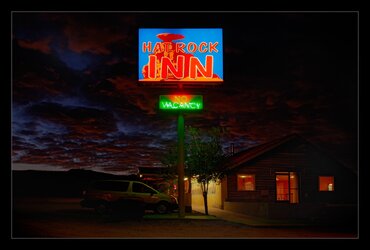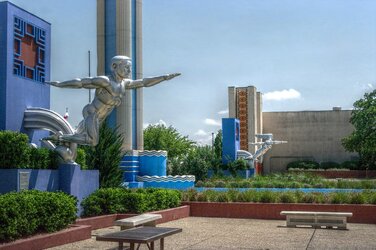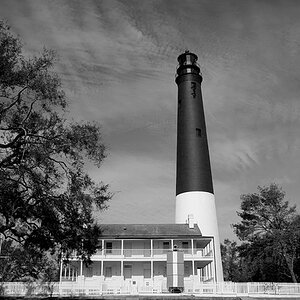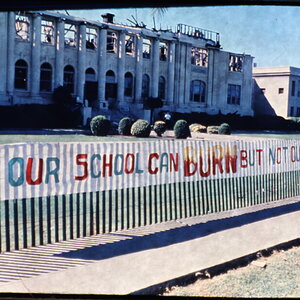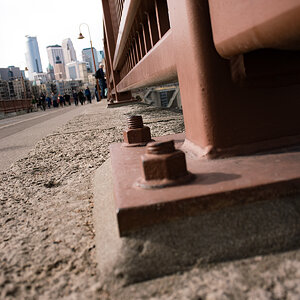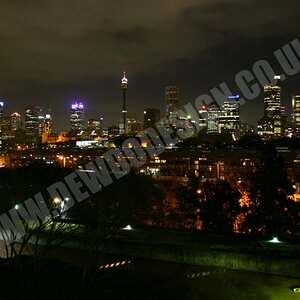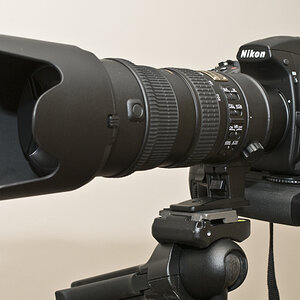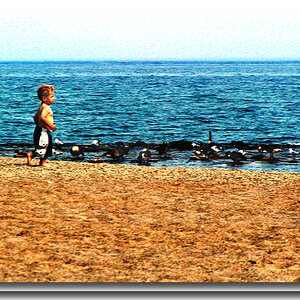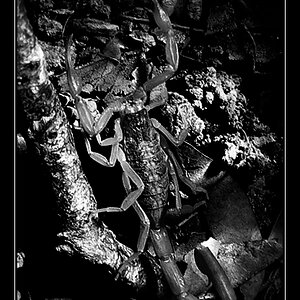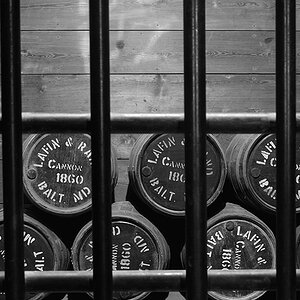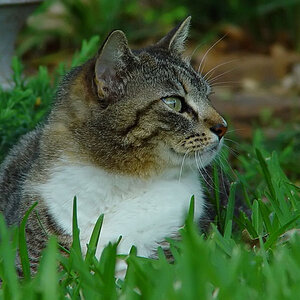The Barbarian
Been spending a lot of time on here!
- Joined
- Dec 14, 2005
- Messages
- 2,066
- Reaction score
- 2,468
- Can others edit my Photos
- Photos OK to edit
Wasn't calibrated when I did the courthouse square shot. But my intention was to make the colors more muted. Would I do it differently today? Maybe so. I look back five years and cringe at how bad I was then. Looking back 30 years, I don't want to talk about it.


